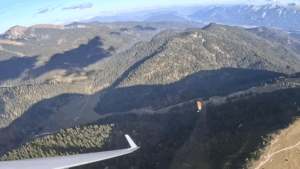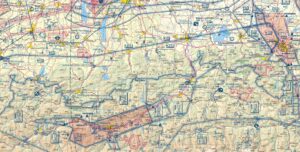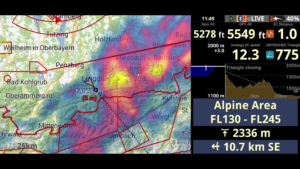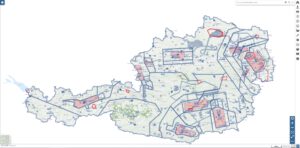Overhead lines and how to recognise them
I already explained in an article three years ago that overhead power lines harbour particular dangers for us paraglider pilots. In this article, I would like to go into detail about the construction and route of overhead power lines so that you are able to recognise them from the air and include them in your planning before the flight.







